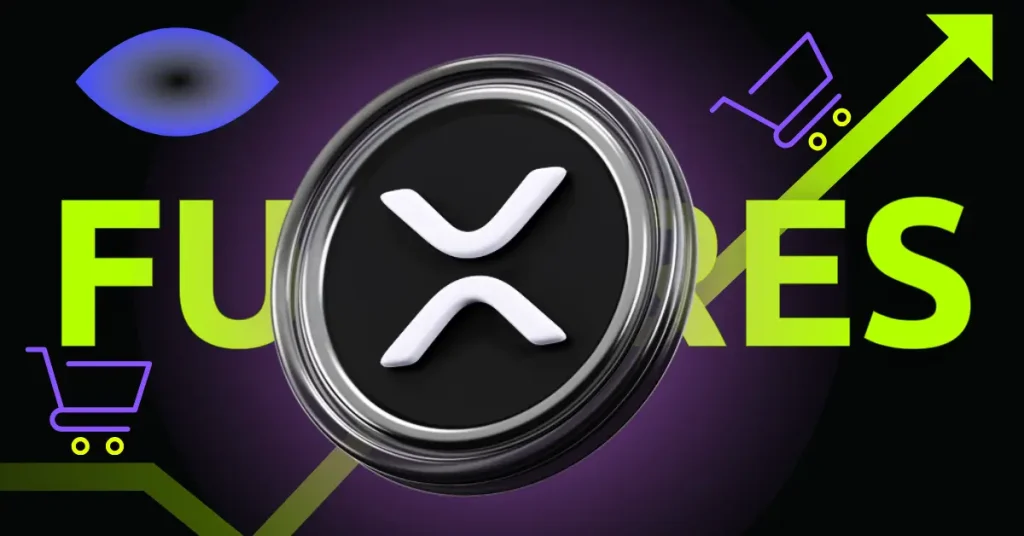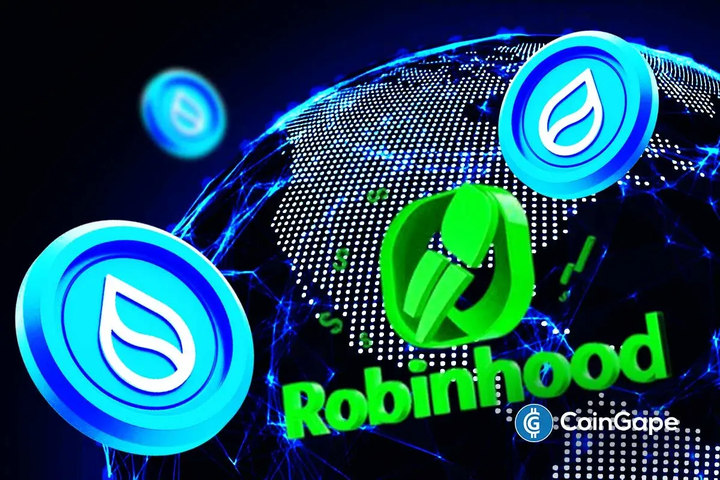Sygnum announced today that it’s adding staked Solana to its portfolio of tokens eligible to use as loan collateral. This will allow institutional clients to access fiat liquidity and staking rewards at the same time.
The firm already accepts Solana and at least 20 other tokens for loan collateral, but this is its first staking option. Booming institutional demand caused Sygnum’s loan volumes to double in one year, encouraging the company to diversify.
Staked Solana at Sygnum
Sygnum, a Swiss-Singaporean digital asset bank, began offering crypto staking nearly four years ago. The firm has since diversified its interests, securing a crypto brokerage license in 2023 and achieving unicorn status with a massive funding round earlier this year.
Today, Sygnum offers another staking service by letting staked Solana act as collateral for Lombard loans.
To be clear, Lombard loans are a specialized type of loan that bears no relation to Lombard Protocol, a crypto staking firm. These products are typically offered to high-net-worth individuals or institutional investors, and Sygnum is offering this Solana deal to the latter category.
Sygnum already accepts over 20 different tokens as collateral for these loans, but this is its first staked option. The bank offers several key advantages for clients who pledge staked Solana.
For one thing, the loans are low-cost because a large chunk of the staking rewards goes towards paying the usual fees. Clients pledging regular Solana tokens have to pay significantly more and do not receive any passive income. Sygnum hopes that this new collateral option will appeal to clients:
“By enabling staked Solana as collateral, we’re addressing a key client need to optimize yield while maintaining liquidity. This enhancement builds on our proven track record in crypto-backed lending, recently demonstrated by our $50 million Bitcoin-backed syndicated loan to Ledn last August,” claimed Benedikt Koedel, Head of Credit & Lending at Sygnum.
Last November, the firm’s published research suggested a growing institutional demand for crypto exposure. Its recent experience corroborates this data, as Sygnum claimed that institutional demand caused its own loan volumes to double in the last year.
Staked Solana will help develop Sygnum’s loan collateral portfolio to meet this increased demand.
The bank’s in-house custody service will offer full segregation of client positions on-chain, instead of a pooled solution that mingles assets together.
Sygnum will also stake Solana itself through channels like its “user interface, API integration, or client relationship managers.” These tools ensure security and flexibility for all institutional clients.
The post Sygnum Allows Staked Solana as Loan Collateral for Liquidity and Passive Income appeared first on BeInCrypto.


 News: Sygnum enables staked SOL as collateral as Lombard Loan Volume Doubles
News: Sygnum enables staked SOL as collateral as Lombard Loan Volume Doubles  Sygnum adds staked Solana (SOL) to its growing portfolio of over 20 tokens eligible as collateral for Lombard loans, allowing clients to maintain staking rewards while accessing fiat liquidity
Sygnum adds staked Solana (SOL) to its growing portfolio of over 20 tokens eligible as collateral for Lombard loans, allowing clients to maintain staking rewards while accessing fiat liquidity

